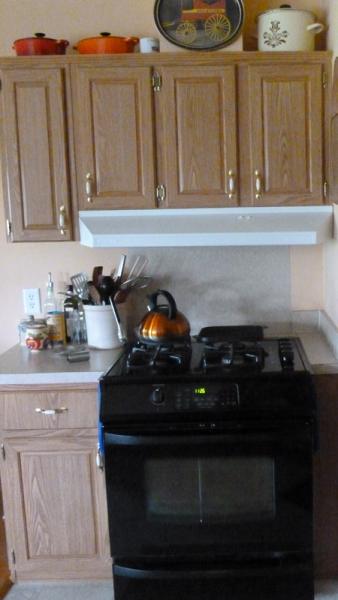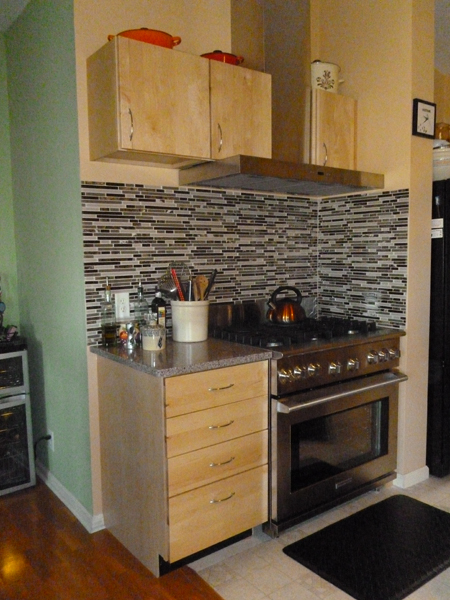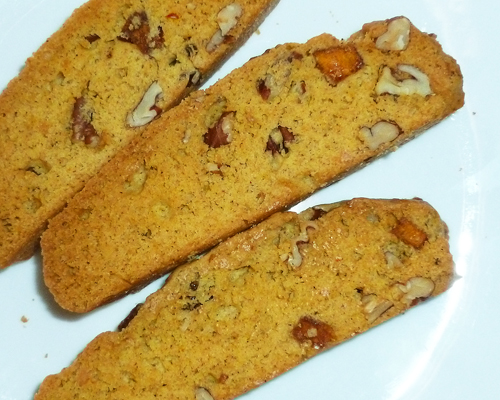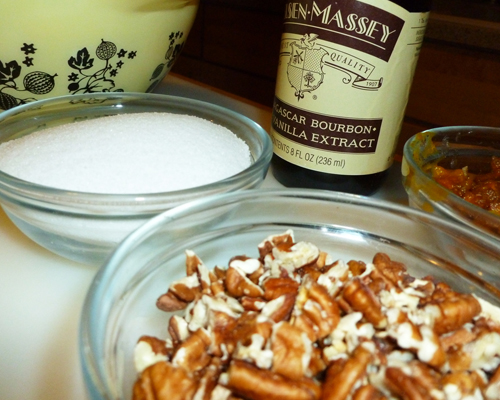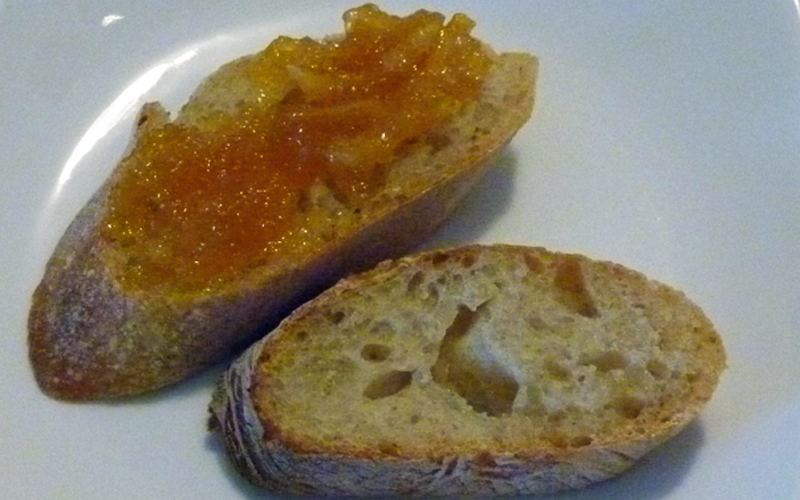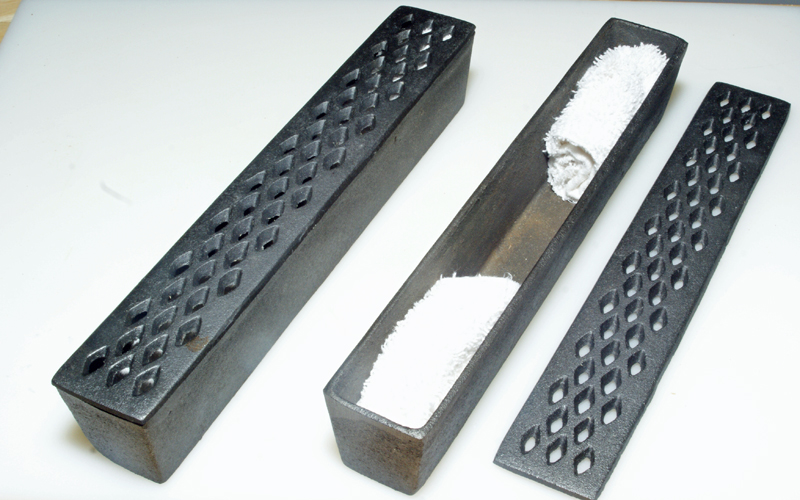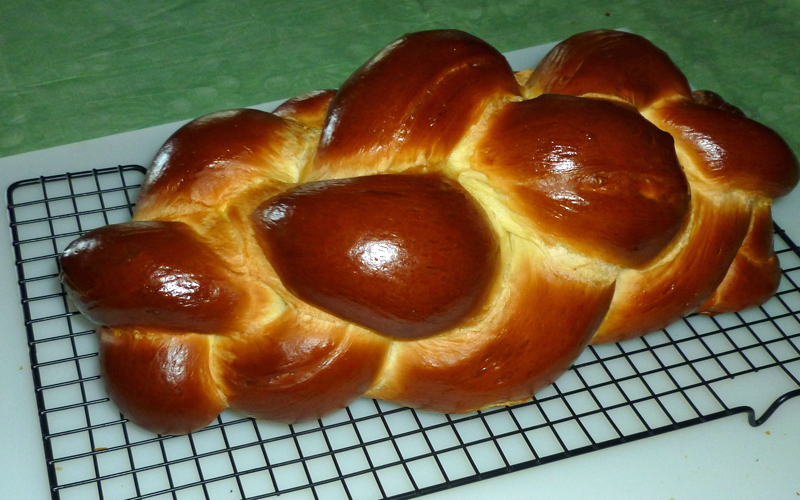Mostly White Flour SD, and Salt
When I first began baking sourdough I followed the experts formulae to the letter. Most prescribed 2% salt. Frankly, I was disappointed with most of the mostly (or entirely) White Flour formulae, especially those that included up to 10% Whole Wheat flour in the mix. They were too bland for our palettes. Along the way I discovered overnight hydration, at cool temperatures, developed both flavor and the desired crumb.
